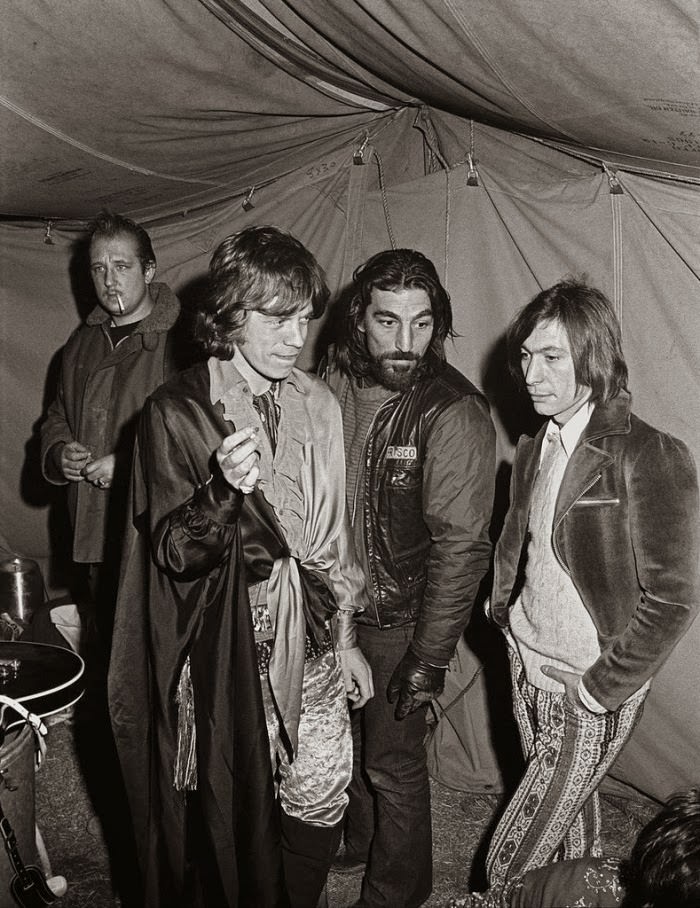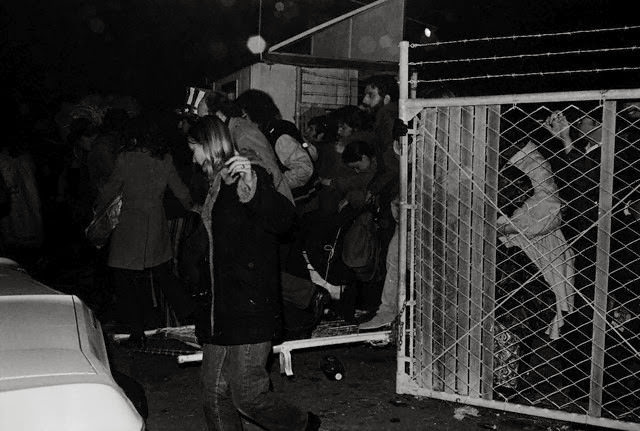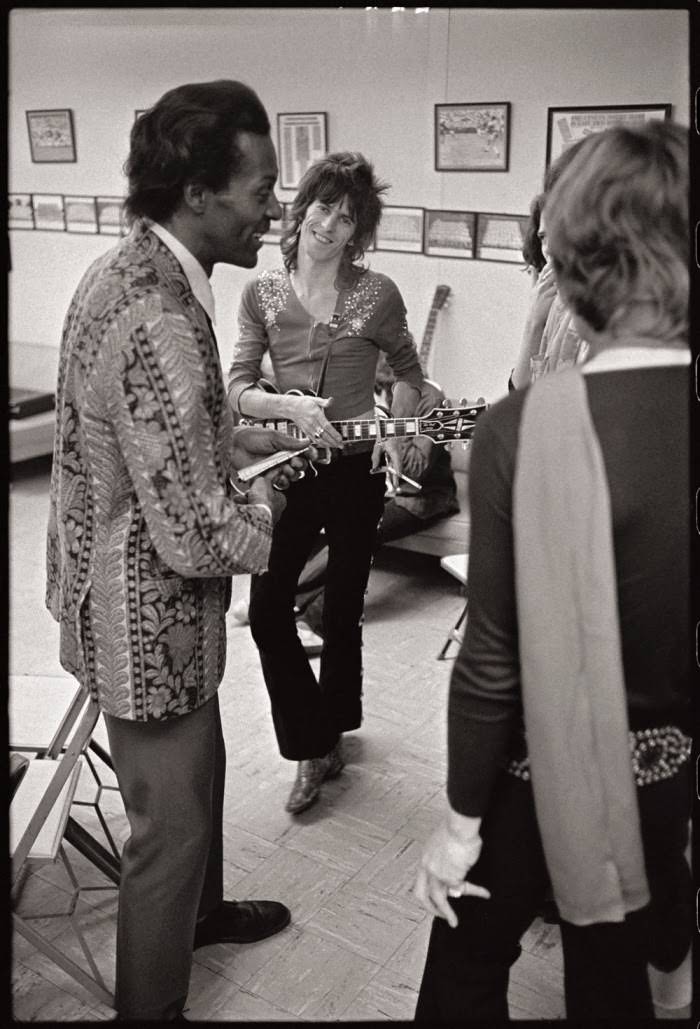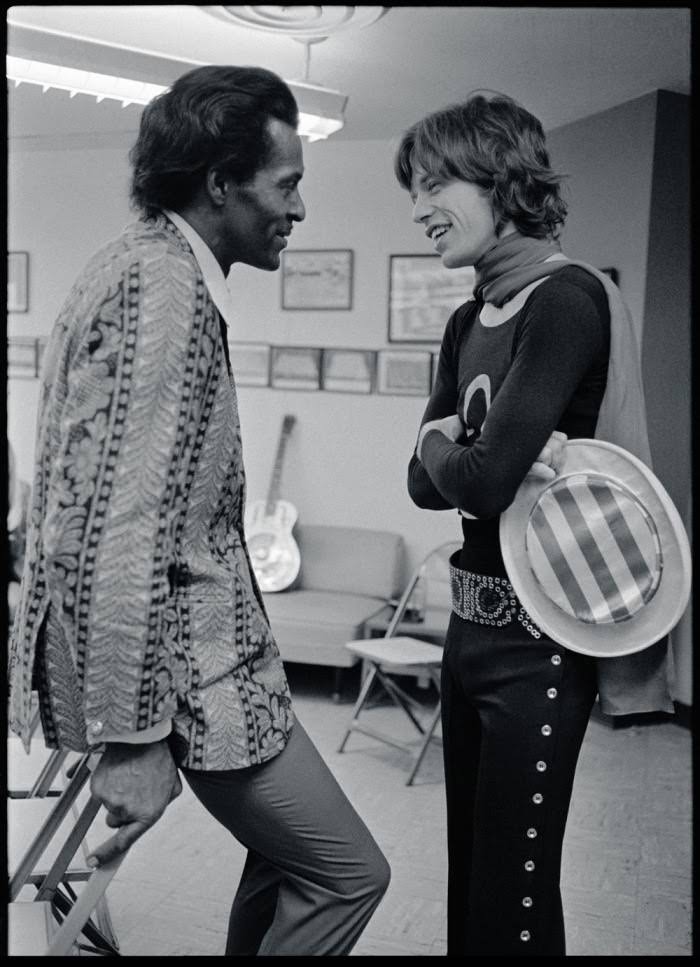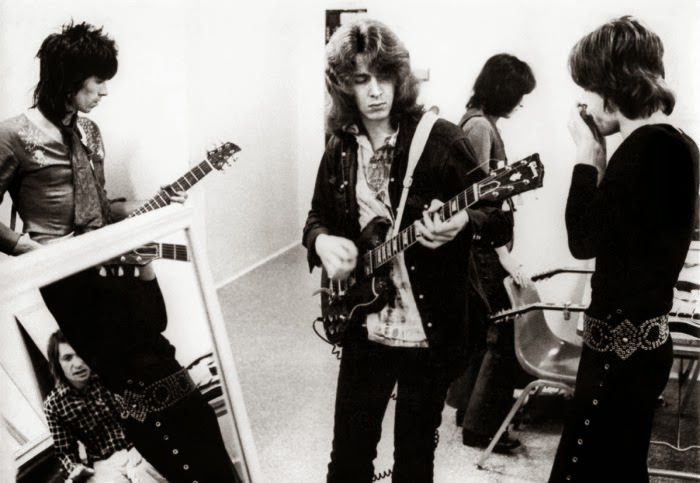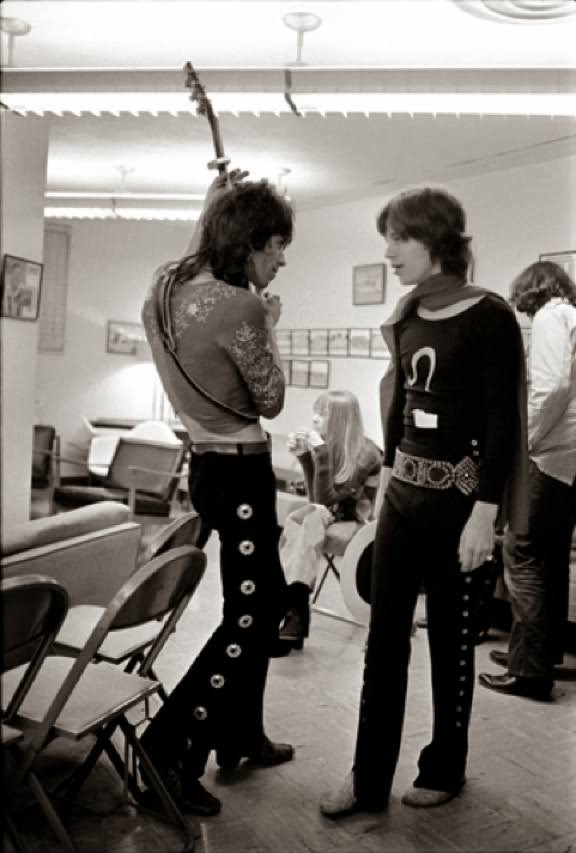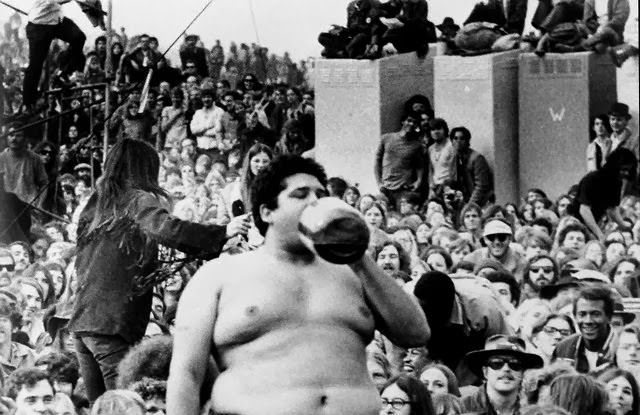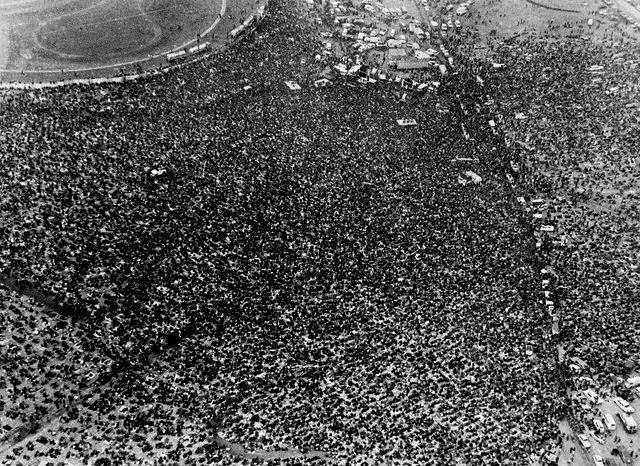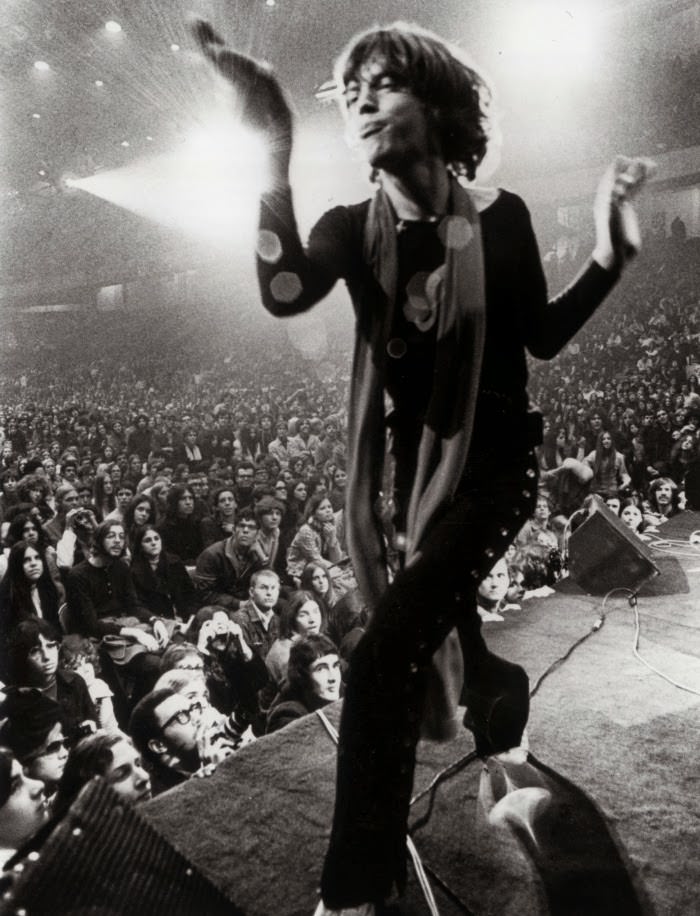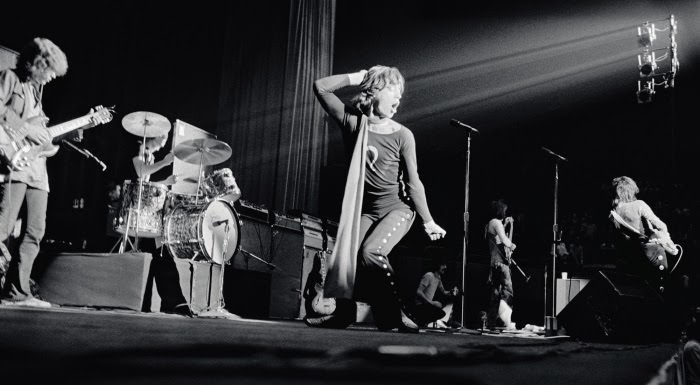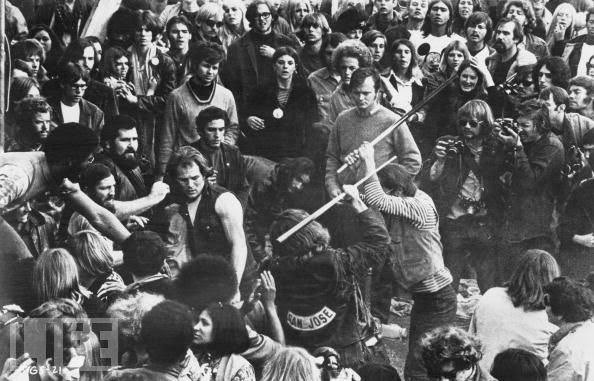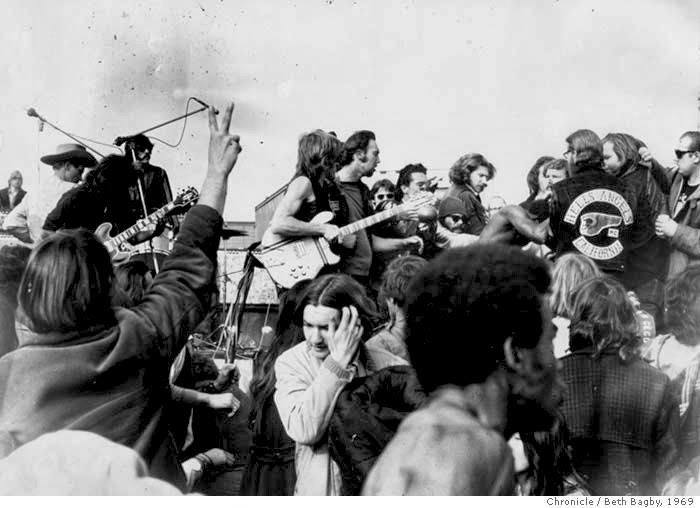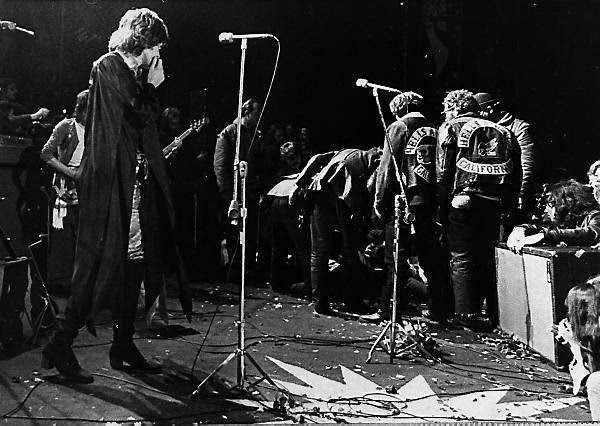On Saturday, December 6, 1969, the Rolling Stones were the final act at the Altamont Speedway Free Festival in Northern California. The event, intended to be a “Woodstock West,” drew an estimated crowd of 300,000 people. Due to a last-minute venue change, the organizers made the decision to hire members of the Hells Angels motorcycle club to provide security, paying them with $500 worth of beer.
The day was marked by escalating violence. By the time the Rolling Stones were scheduled to perform in the evening, the atmosphere was tense. The stage was very low, only about four feet high, which allowed the crowd to press in on the performers. Members of the Hells Angels surrounded the stage, often armed with pool cues, and violently pushed back against the concertgoers.
The Rolling Stones took the stage after sunset. From the beginning of their set, the performance was unstable. Fights continually broke out near the stage, forcing the band to repeatedly stop playing. Mick Jagger pleaded with the crowd to “just be cool down in the front there.” During their third song, “Sympathy for the Devil,” a major fight erupted, and the band stopped playing for several minutes while the violence was brought under control.
Read more
Later in their set, as the band played “Under My Thumb,” a specific confrontation began near the front of the stage. An 18-year-old concertgoer named Meredith Hunter, who was in the crowd with his girlfriend, moved toward the stage. He was confronted by members of the Hells Angels. Hunter drew a .22 caliber revolver from his jacket.
A Hells Angels member, Alan Passaro, saw the gun. Passaro lunged at Hunter, grabbing the gun with his left hand and stabbing him with a knife in his right hand. Hunter was stabbed multiple times and kicked by several Hells Angels. This entire incident was captured on film by the Maysles brothers’ camera crew, who were documenting the event for the film Gimme Shelter.
The band, caught in the chaotic scene, was not immediately aware of the severity of the incident. They finished the song and briefly paused again as Hunter was carried away by the crowd to a medical tent, where he was pronounced dead. Unaware that someone had been killed, the Rolling Stones continued their performance, playing several more songs to try and placate the volatile crowd. They concluded their set with “Street Fighting Man.”
The event at Altamont saw three other fatalities. Two people were killed in a hit-and-run car accident after the concert, and one man drowned in an irrigation canal. The violence and the death of Meredith Hunter during the Rolling Stones’ performance became the defining moments of the festival.


